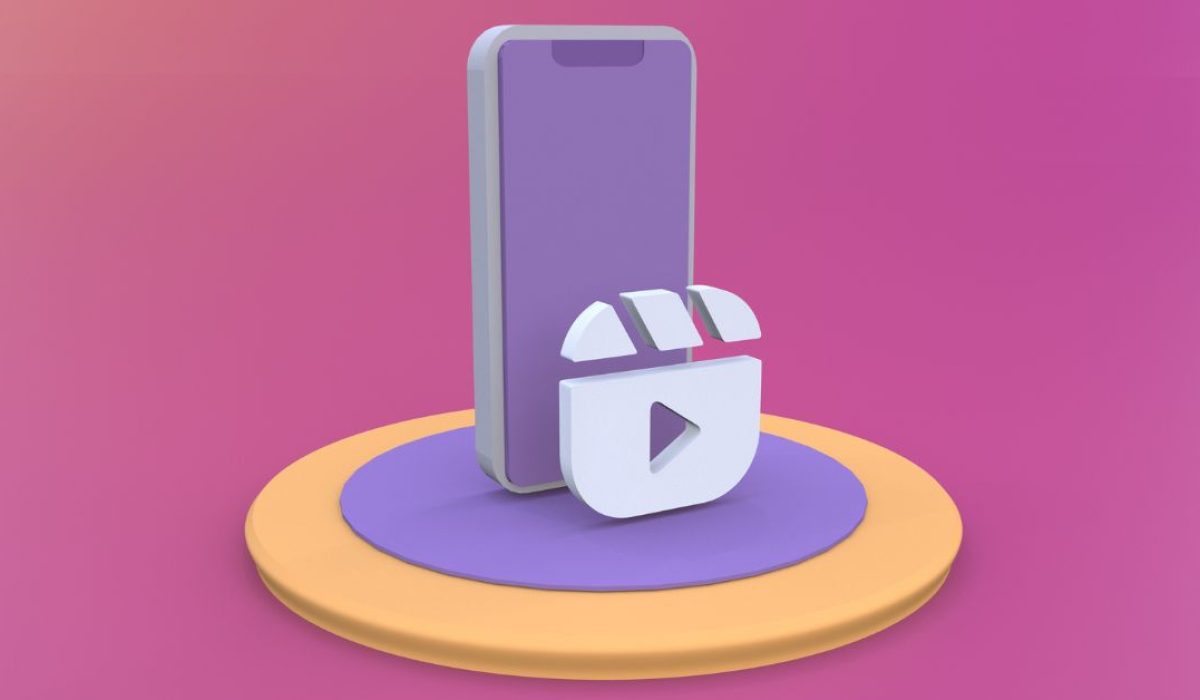From Stories to Reels, short-form video has become even more crucial for reaching your target audience on Instagram, especially since the rise of TikTok. Although it’s relatively easy to get started creating short-form video, scaling your Instagram video strategy isn’t quite as straightforward. Here are some tips to help…
Map Out an Instagram Content Calendar
Whether you’re planning for an upcoming month or a specific campaign, the first step is to map out a content calendar. Use the goals your team has set for the month or campaign to start plotting content for all types of image posts and Instagram video formats.
To create an Instagram content calendar, you can use anything from a physical calendar to Google Sheets to a content planning app.
Not sure how much content to publish on Instagram? Head of Instagram Adam Mosseri advises users to publish an average of two feed posts (i.e., reels) per week and two stories per day. Although this frequency might not be exactly right for each account, it’s a good starting point for planning content.
Storyboard Short-Form Instagram Videos and Stories
When published, each short-form video becomes a distinct piece of content. But most reels and stories use multiple clips or even a mix of different types of media to weave a compelling narrative. To plan these narratives, storyboard all of your short-form videos and stories in advance.
The storyboarding process can be as casual or as structured as you like. Do you have a creative team that can take simple guidelines and turn them into eye-catching videos? Then a casual approach with general notes will probably work just fine. Are you outsourcing production to freelance content creators? Then you’ll probably need more detailed storyboards.
Write Copy for Instagram Stories and Reels
write copy for each reel and story, using the concepts and goals you listed for each piece of content. For text overlays, note when they should appear on (or disappear from) the screen. It’s also helpful to note the text style you plan to use. While it’s a good idea to establish a consistent look for your brand, experiments can keep things fresh.
For reels, write captions in advance and make sure to include a call to action. Although you can add up to 30 hashtags to reels, it’s always a good idea to include keywords in the caption itself to add context and improve the chance of delivering your content to the right audience. Upload approved copy to your content planning tool so you or your team can access it when it’s time to publish.
Batch Short-Form Instagram Video Production
When you’re ready to turn your storyboards into short-form video content, plan to produce it in batches. Need to create multiple product videos with similar sets? Want to interview several team members using the same backdrop? Make a plan to film multiple videos at once.
Batching content can save tons of time. Not only can you avoid having to recreate the same set over and over but you can also stay in a content creation frame of mind. This means you won’t have to waste time as you switch between tasks.
Schedule Reels and Stories When Possible
From a time-management perspective, publishing all of your Instagram content in the moment is less than ideal. Scheduling as many Instagram videos as possible can help you save time.
Instagram has rolled out the ability to schedule reels directly in the app, which can help you plan out almost all of your feed content. To use this feature, create a reel and tap Advanced Settings before publishing. Then tap to adjust the timing and schedule the Reel.
Publish Remaining Content in Real Time
When you can’t schedule content in advance, make time to publish it in the moment. For example, if you want to add interactive stickers and other in-app elements to stories, you’ll need to finalise and publish the content in real time.
If you’ve already saved a draft, then you can quickly add stickers to stories or audio and covers to reels before sharing the content to Instagram. Or if you’ve created all of the separate elements—including the caption, text elements, and short-form video—you can piece together and publish reels and stories much more efficiently.
Review Analytics and Optimise Your Instagram Video Strategy
The more short-form video content you produce, the more analytics you’ll have to optimise placements across Instagram. Although it’s not easy to compare Reels and Stories analytics directly, it’s helpful to see how some key metrics measure up.
Without a well-structured plan, creating short-form video for Instagram can be repetitive and time-consuming without yielding the results you want. With a carefully planned Instagram video strategy, workflow and an organised content storage system, you can publish short-form video more efficiently and get more value by repurposing it across Instagram.
If you’re interested in making better use of social and achieving results for your business, we’re currently taking on new clients on a no-contract basis. Contact our team today for a free, informal chat.






